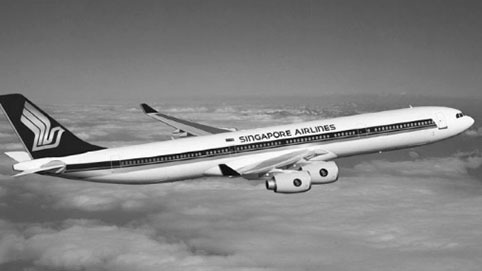Cost-effective service excellence: lessons from Singapore Airlines
Cost-effective service excellence: lessons from Singapore Airlines

Singapore Airlines (SIA) has achieved the Holy Grail of strategic success: sustainable competitive advantage. It has consistently outperformed its competitors throughout its 30-year history. In addition, it has always achieved substantial returns in an industry plagued by intermittent periods of disastrous under-performance.
SIA has done this by managing to navigate skilfully between poles that most companies think of as distinct – delivering service excellence in a cost- effective way. SIA’s awards list is long and distinguished. In 2002 alone it won no less than 67 international awards and honours including “best airline” and “most admired airline” in the world in Fortune’s Global Most Admired Companies survey.
Since Michael Porter’s influential suggestion that differentiation and cost leadership are mutually exclusive strategies and that an organisation must ultimately choose where its competitive advantage will lie, there has been fierce debate about whether a combined strategy can be achieved – and sustained over the longer term. SIA is proof that the answer to both these questions is positive. So, how does it consistently deliver premium service to demanding customers in an industry where both price pressures and customer expectations have been continually rising?
In common with many other organisations with a reputation for providing excellent service, SIA has top management commitment to service, customer-focused staff and systems, and a customer-oriented culture. However, our research into SIA, spanning many years and at all levels in the organisation, has uncovered a number of insights into developing and maintaining a reputation for service excellence that is applicable to a wide range of service organisations.
Ultimately, SIA’s success is attributed to a customer-oriented culture, its recognition of the importance of its customers. “Our passengers are our raison d’être. If SIA is successful, it is largely because we have never allowed ourselves to forget that important fact,” says Dr Cheong Choong Kong, former CEO of SIA.
However, what distinguishes SIA’s culture is that these are not just abstract, “motherhood” statements. The values of cost-effective service excellence are enshrined in a unique, self- reinforcing activity system that makes the values real for all employees.
We found that the five pillars of this activity system (see Figure 1) are:
- rigorous service design and development
- total innovation (integrating continuous incremental improvements with discontinuous innovations)
- profit and cost consciousness ingrained in all employees
- holistic staff development;
- reaping of strategic synergies through related diversification and world-class infrastructure.




